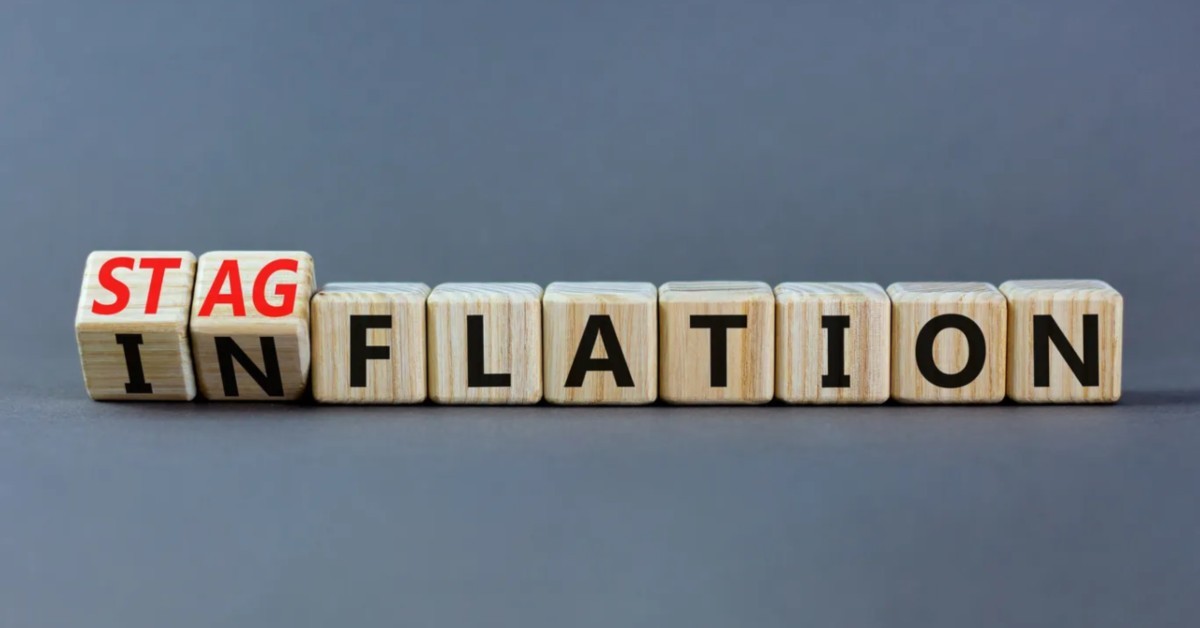How is Stagflation risk serious?
Waited inflation data have been published to increase the fears. Yesterday June published data confirming the annual inflation rate at 9.1%, the most significant increase since November 1981, while market participants were waiting for an 8.8% increase. At the monthly scale with the highest pace seen since September 2005, inflation in the United States increased by 1.3% in Jun, more than 1% seen previously in May.
As was expected, energy and food were the main inflation drivers. Moreover, now, while energy prices fall due to fear of recession, more focus will be n food prices that have been rising in recent months as well. The main problem with the published numbers is the breadth of increases. Almost all measured sections raised more than 90%, and it is worrying that decreasing numbers will need more work.
As another result of these numbers, US two-year yields, which are the leading rate expectations indicator by consumers, were last at 3.19%, while benchmark 10-year yields were at 2.97%. This inversion in the curves is not a good signal for the economy and increases the stagflation risk.
The FED meeting will be at the end of the month, and we have to wait to see the FOMC members' reactions and decisions. However, these data and the performance of the CPI mean that the Fed needs to adopt a more aggressive monetary policy. Now 75 basis point interest rate hike in July is a certainty, and even there is a possibility of a 100 basis point rate hike. In addition, federal funds rate futures also showed an 80% chance of the central bank raising interest rates by 75 basis points in September and then 50% and 25% for the meetings to increase the rates up to 3.75% by year-end.
Later in the day and after data was published, US President Joe Biden tried to downplay the June CPI report in a statement. He said current inflation was "unacceptably high," continued that the data was "outdated" because "gasoline has fallen about 40 cents since mid-June." Biden also said that annual core inflation, which excludes food and energy, has fallen for three straight months and for the first month since last year to be below 6%. Today Biden's trip to the Middle East starts. One of his aims on this trip is to encourage Saudi Arabia to increase its Oil production, which can help future prices fall.
As a reaction, after initial severe falls, Dow Jones Industrial Average at 30,772.79 lost 208.54 or -0.67%. S&P 500 closed at 3,801.78, which means -17.02 points or -0.45%. Furthermore, NASDAQ at 11,247.58, closed only -0.15% lower.
From the technical point of view, SP500 is showing some signs of recovering; however, as you can see in the below daily chart, at the first step, it needs to confirm itself above 3,900 USD. Otherwise, more downtrend is possible.


















